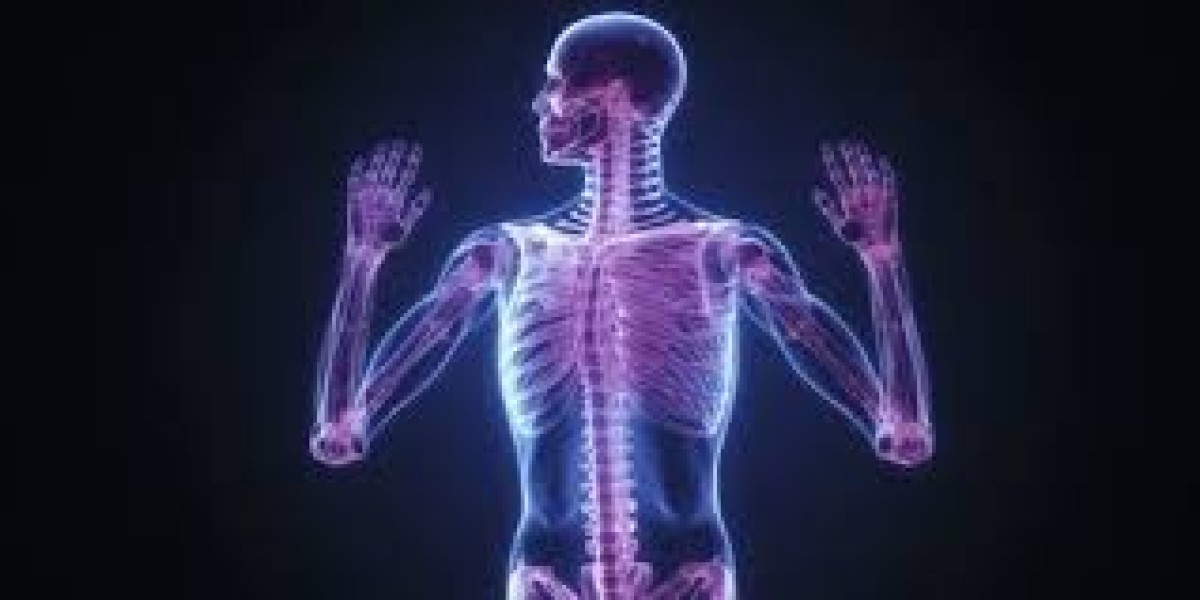DJD ICD 10, more commonly referred to as osteoarthritis, is one of the most prevalent chronic conditions worldwide. It is characterized by the gradual breakdown of joint cartilage and underlying bone, often leading to stiffness, pain, swelling, and decreased mobility. In the medical and healthcare documentation world, precise coding is essential for accurate diagnosis recording, treatment planning, billing, and insurance claims. The ICD-10 (International Classification of Diseases, 10th Revision) provides the standardized codes for conditions like DJD, ensuring consistency across healthcare systems.
This blog explores DJD and its ICD-10 codes in detail, covering definitions, coding guidelines, documentation tips, and why accuracy in coding matters for both patients and providers.
What is DJD (Degenerative Joint Disease)?
DJD ICD 10 is a progressive disorder primarily affecting weight-bearing joints such as the knees, hips, and spine. It is caused by the degeneration of articular cartilage, leading to friction between bones, chronic inflammation, and joint deformities over time.
Key facts about DJD:
Most common form of arthritis worldwide.
Typically affects adults over age 50, but can occur earlier due to injury or obesity.
Symptoms include joint stiffness, pain during movement, reduced range of motion, and swelling.
Risk factors: aging, genetics, joint injuries, obesity, and repetitive stress on joints.
Because DJD is so widespread, correct ICD-10 coding plays a vital role in tracking disease prevalence, guiding treatment, and managing healthcare costs.
Introduction to ICD-10 Coding for DJD
ICD-10 coding is a system maintained by the World Health Organization (WHO) to classify diseases and health conditions. In the U.S., ICD-10-CM (Clinical Modification) is used by healthcare providers, insurers, and billing departments.
For DJD, codes are generally listed under M15–M19 (Osteoarthritis) in ICD-10-CM. These codes specify whether the osteoarthritis is primary, secondary, generalized, localized, or post-traumatic, as well as which joint is affected.
Correct coding depends on three factors:
Type of DJD (primary, secondary, post-traumatic, etc.).
Location of the affected joint(s).
Laterality (right, left, bilateral, or unspecified).
Common ICD-10 Codes for DJD
Here are some of the most frequently used ICD-10 codes for degenerative joint disease:
1. General Osteoarthritis (DJD)
M15.0 – Primary generalized (polyarticular) osteoarthritis.
M15.9 – Polyosteoarthritis, unspecified.
2. Osteoarthritis of the Hip
M16.0 – Bilateral primary osteoarthritis of hip.
M16.11 – Unilateral primary osteoarthritis, right hip.
M16.12 – Unilateral primary osteoarthritis, left hip.
M16.9 – Osteoarthritis of hip, unspecified.
3. Osteoarthritis of the Knee
M17.0 – Bilateral primary osteoarthritis of knee.
M17.11 – Unilateral primary osteoarthritis, right knee.
M17.12 – Unilateral primary osteoarthritis, left knee.
M17.9 – Osteoarthritis of knee, unspecified.
4. Osteoarthritis of the Spine
M47.812 – Spondylosis without myelopathy or radiculopathy, cervical region.
M47.816 – Spondylosis without myelopathy or radiculopathy, lumbar region.
M47.819 – Spondylosis, unspecified site.
5. Other and Secondary Osteoarthritis
M19.011 – Primary osteoarthritis, right shoulder.
M19.012 – Primary osteoarthritis, left shoulder.
M19.90 – Osteoarthritis, unspecified site.
These codes allow healthcare providers to document DJD with precision, reflecting the exact joint and condition severity.
Importance of Accurate DJD ICD-10 Coding
Accurate ICD-10 coding for DJD is critical for several reasons:
Insurance Reimbursement – Proper codes ensure that claims are not denied and providers receive correct payment for services.
Clinical Documentation – Codes capture the complexity of the disease, which is vital for patient history, treatment, and long-term management.
Research & Public Health Data – DJD prevalence and treatment effectiveness can be tracked globally through standardized coding.
Legal & Compliance – Incorrect coding may lead to compliance issues, audits, and penalties for healthcare providers.
Coding Guidelines for DJD
When coding DJD, medical coders should carefully review clinical documentation. Here are key guidelines:
Specify the joint and laterality (e.g., right knee vs. left knee). Avoid unspecified codes unless absolutely necessary.
Differentiate between primary and secondary DJD (secondary results from trauma, congenital conditions, or other diseases).
Include post-traumatic codes when DJD is linked to past injury.
Avoid defaulting to generalized osteoarthritis unless multiple joints are involved.
Check provider documentation for any mention of severity, chronicity, or deformity.
Clinical Documentation Tips for DJD
To support accurate ICD-10 coding, providers should include the following details in their notes:
Joint(s) affected – specify hip, knee, shoulder, spine, etc.
Laterality – right, left, or bilateral.
Type of osteoarthritis – primary, secondary, or post-traumatic.
Chronicity and severity – whether mild, moderate, or severe.
Cause (if secondary) – such as trauma, obesity, or other medical conditions.
Clear documentation reduces coding errors and ensures better continuity of care.
DJD ICD-10 Example Scenarios
Case 1: A 65-year-old woman presents with chronic bilateral knee pain due to primary osteoarthritis.
Correct Code: M17.0 – Bilateral primary osteoarthritis of knee.
Case 2: A 58-year-old man with a history of a car accident develops post-traumatic osteoarthritis in the left hip.
Correct Code: M16.52 – Post-traumatic osteoarthritis, left hip.
Case 3: A patient reports chronic lower back stiffness due to lumbar spondylosis.
Correct Code: M47.816 – Spondylosis without myelopathy or radiculopathy, lumbar region.
Challenges in Coding DJD
Despite standardized guidelines, coding DJD can sometimes be challenging:
Providers may use vague terms like “arthritis” without specifying type or location.
Coders must distinguish between DJD and other arthritic conditions like rheumatoid arthritis.
Unspecified codes may lead to claim denials or inaccurate data reporting.
Proper training for both providers and coders is essential to overcome these challenges.
Conclusion
DJD ICD 10 is a widespread condition that impacts millions of people globally, making accurate diagnosis and coding more important than ever. The ICD-10 system provides a detailed framework for documenting DJD by joint, laterality, and cause. Correct coding not only ensures compliance and reimbursement but also improves patient care and contributes to valuable healthcare data.
For healthcare professionals, the key to success lies in clear clinical documentation and precise ICD-10 coding practices. By understanding the DJD ICD-10 codes and their application, providers can better support patients, streamline medical records, and contribute to the overall advancement of arthritis management.






